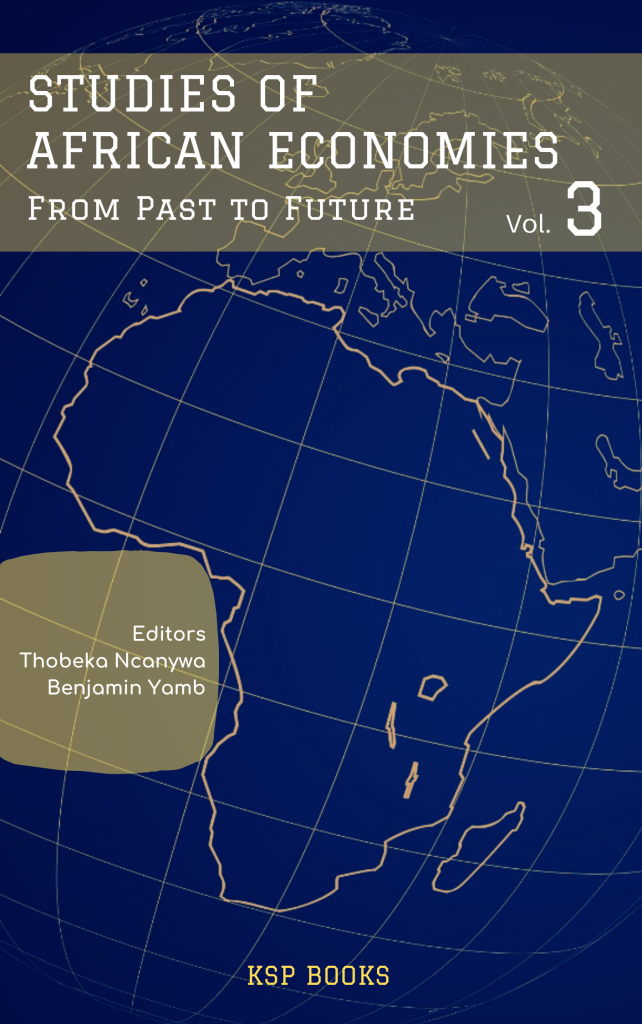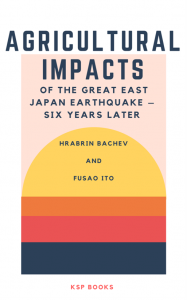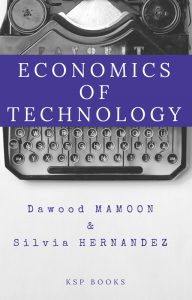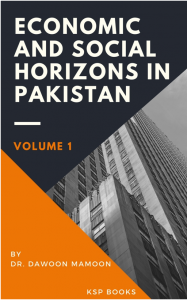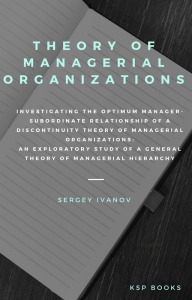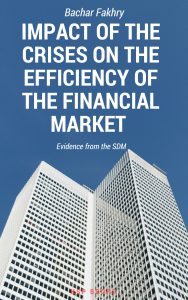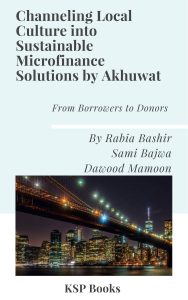Studies of African Economies
Synopsis
Ch.1) Financial statements have become important sources of information about company performance in order to assess its financial stability and potential growth. However, additional information may be hidden on the interpretation in the values contained by financial statements. The study aims to assess financial performance with a case study of a company listed in the Johannesburg Stock Exchange utilizing financial statements and further investigate whether companies present their results precisely. The study intends to conduct an analysis on a company competitive positioning, valuation and financial stability. The results indicated that this case study’s financial statement could be beneficial for assessment of company performance.
(Ch.2) African nations share a common situation in that they pollute little in terms of CO2s globally speaking, but at the same time global warming will likely have terrible consequences for the continent, set to face a sharp population increase. They have now access to few energy resources, which is conducive to their poverty. New renewables belong to the future (solar, wind, geo-thermal), whereas old renewables -wood, coal-– are a thing of the past. The coal or oil and gas dependent giants must start energy transformation, as must the many countries relying upon traditional biomass, or charcoal. The use of wood coal is simply too large for the survival of the African forests. Africa need lots of energy to handle the coming crisis ofpotable water, as lakes and rivers are shrinking and degraded by pollution, dams and overfishing.
(Ch.3) The purpose of this chapter is to highlight the contextualization of the rule of minimum financial equilibrium through the financing of the long and medium term needs (BLMT) of SMEs in Cameroon. Surveys carried out in Cameroon in 2004 among 70 SMEs and in 2016 with 452 SMEs have shown that they finance their BLMTs with short-term resources, including tontines, microfinance institutions, business-to-business loans and grants, relatives. This is contrary to the orthodoxy of the rule of minimum financial equilibrium. However, these short-term resources are constantly being renewed to cover BLMTs.
(Ch.4) Natural resource ownership transfer programs are introduced as a way of improving income distribution and alleviating poverty in rural areas mostly in developing countries. The ownership transfer programs ranges from fishing rights ownership to rural land distribution programs under which the rural land distribution is the most dominant and common transfer policy in developing countries. Land redistributive policies can be viewed as an effective tool in reducing rural poverty mainly because agriculture continues to be the major source of rural livelihood and contributor to rural economic growth. For the structural changes and economy-wide impacts including behavioral changes of rural land distribution to be assessed and captured through time, a South African Social Accounting matrix can be used as a data base to construct a dynamic computable general equilibrium simulation model and simulate the potential impact on household welfare in South Africa. This study seeks to assess how government redistributive policies may affect household welfare in the short and long run focusing on poverty and income distribution in South Africa by applying a dynamic computable general equilibrium micro simulation model. The results showed that rural land distribution increases poor household income through increase in factor by an average 0.828, however for most macroeconomic variables, the impact is negative in the short run with a gradual increase in the long run. The results support the claim that rural land distribution coupled with agriculture investment and government support can be effective in improving household welfare.
(Ch.5) This chapter measures the credit channel’s parameters in monetary policy transmission in the CEMAC zone. Having highlighted the limitations of other channels with a theoretical and factual assessment, we check the effectiveness of bank credit channel through the autoregressive vectors’ method, using consolidated monetary and macroeconomic data from six countries in the Zone, from 1960 to 2012. It appears that credit channel is narrow. It has a low outflow and a depth-based credit as far as the private sector is concerned, while the GDP reacts with a two-year period following a monetary policy impulse.
(Ch.6) Did British colonial policy primarily benefit Britain, or its colonies? Wadan Narsey, in British Imperialism and the Makings of Colonial Currency Systems (2016), claims that Britain established currency boards to help itself at the expense of the colonies. Examining the history of several currency boards and their assets for select years, Narsey finds that under British influence, they held lower-yielding, shorter-maturity British assets than they need have done, costing colonial governments revenue. We explore this idea by analyzing full annual data on the securities and assets of the currency boards of Palestine, East Africa, and West Africa. An accompanying spreadsheet workbook shows the details of the analysis.
Contents
| Preface |
Chapter I
| Assessing company performance using finalcial statements: Case study of the JSE listed company
T. Ncanywa, P.T. Mogashwa, S.B. Molele, O. Ralarala, & P. Seshoka |
Chapter II
| Energy, CO2s and water on the African Continent
J.E. Lane |
Chapter III
| Financing the long-term and medium-term needs of SMEs in Cameroon: A contextualization of the rule of minimum financial equilibrium
N. Ndjeck |
Chapter IV
| Impact of rural land distribution on the South African economy
J. Mukarati, I.P. Mongale, & G. Makombe |
Chapter V
| The measurement of credit channel in the CEMAC zone
J.L. Ekomane & B. Yamb |
Chapter VI
| British imperialism and portfolio choice in the currency boards of Palestine, East Africa, and West Africa
T. Boger |
About Editor[s]
ISBN
978-605-7602-85-5
Date of Publication
December 15, 2019
File Size: 4639 KB
Length: xiv + 160 pages
This work is licensed under a Creative Commons Attribution 4.0 International License.
